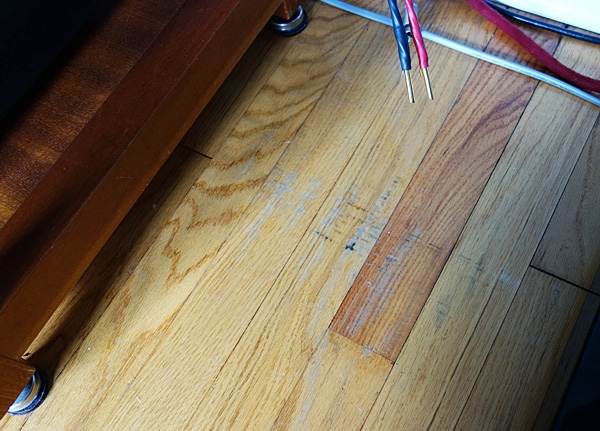| Columns Retired Columns & Blogs |
The burning of some types of plastics produces soot that is not only annoying, but is corrosive as well. If the soot is not promptly removed from metal surfaces, they can be permanently damaged. I learned this after a fan in a router in a closet failed and filled half of the floor of a large building with soot. It took weeks for a team of people equipped with Nilfisk vacuum cleaners to complete their task. They had to clean thousands of objects while keeping them in order.
I was expecting you to discover that the cause of the fire was a failed fan. I once asked a maker of expensive hard drives that were intended to be as reliable as possible if they had particularly reliable fans, and was informed that "there are no suitable fans made in Switzerland".
Once you have had a fire, your relationship with fire is forever changed.











































